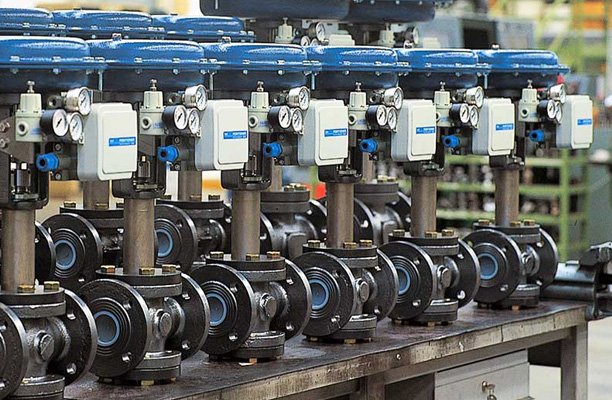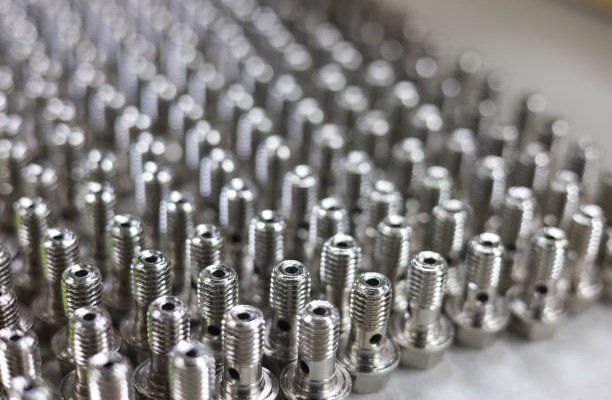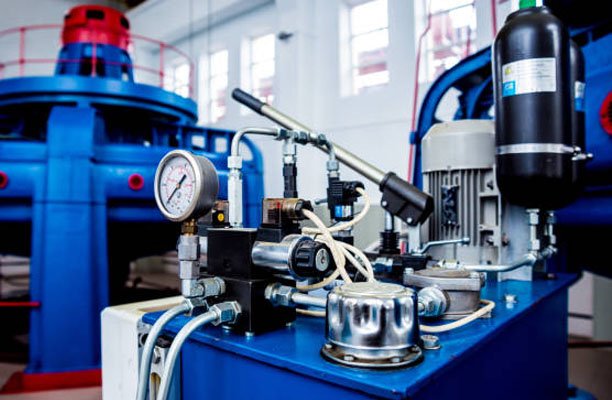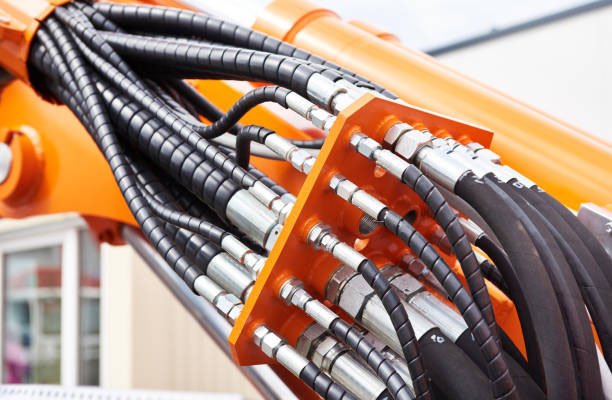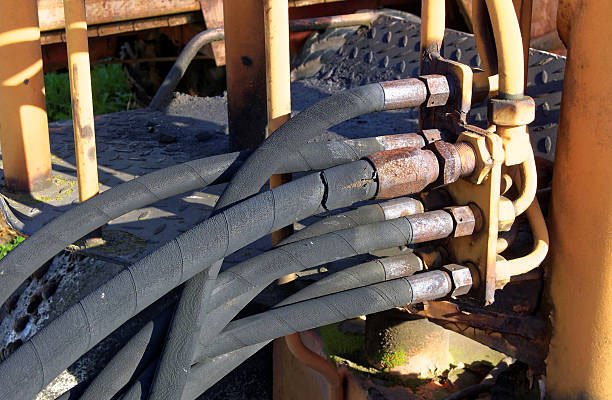Control valve positioners may not be as famous as the machines they operate, but make no mistake—they’re vital. Picture this: you’re running a complex industrial process with hundreds of control valves adjusting the flow of fluids, gases, or steam. If those valves are even slightly off from their target positions, you could be dealing with inefficiencies, downtime, or product quality issues.
That’s where control valve positioners step in. They act as the middleman, ensuring that the control valve follows your commands with pinpoint accuracy. Whether you’re fine-tuning temperature, pressure, or flow rate, positioners ensure every adjustment is spot-on.
This blog will uncover what control valve positioners are, how they work, the benefits they bring, and how to choose the right one for your system. Let’s jump in!
What Are Control Valve Positioners?
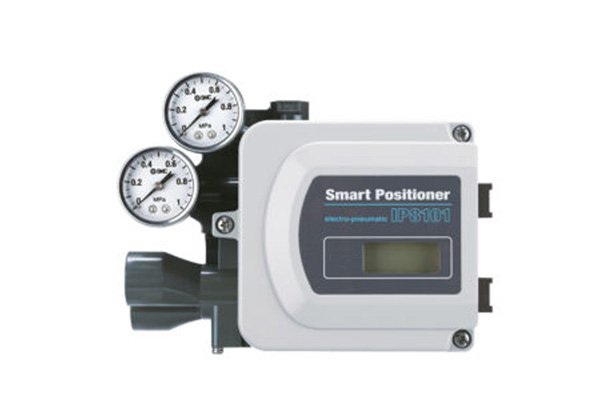
A control valve positioner is a device that ensures the control valve accurately responds to the commands of the control system. It’s like the GPS for your valve—it corrects any detours or deviations from the planned route and ensures the valve reaches its exact destination.
Why Are They Necessary?
Control systems communicate with valves using signals (like electrical currents or air pressure), but the actual valve position can differ due to friction, wear, or external forces like pressure changes in the pipeline. Without a positioner, this discrepancy can lead to inefficient operations, product loss, or safety risks.
Positioners continuously monitor the valve’s position, compare it to the desired position, and make micro-adjustments to ensure alignment.
A Closer Look at Types of Positioners:
- Pneumatic Positioners:
- Use air pressure to receive and adjust signals.
- Simple and cost-effective but less precise than modern options.
- Electro-Pneumatic Positioners:
- Convert electrical signals into pneumatic signals to control the valve.
- Widely used in industries where electrical systems dominate.
- Digital (Smart) Positioners:
- Use microprocessors for advanced control, diagnostics, and remote monitoring.
- Ideal for complex and high-precision industrial processes.
Each type has its pros and cons, but smart positioners are quickly becoming the industry favorite due to their versatility and diagnostic capabilities.
Why Do Control Valve Positioners Matter?
Positioners might seem small, but their benefits are massive. Let’s break down their importance:
1. Improved Accuracy and Precision
When precision is a must, positioners ensure your valves perform flawlessly. For example, in pharmaceutical manufacturing, even slight deviations can alter the quality of medicines. Positioners ensure that the valves respond to commands with exact accuracy.
- Without a Positioner: The valve might lag, overshoot, or undershoot the desired position.
- With a Positioner: The valve’s position is constantly monitored and corrected for precision.
2. Increased Efficiency
Efficiency isn’t just about speed—it’s also about consistency and reliability. A valve without a positioner can take longer to reach the desired position or require repeated adjustments, wasting valuable time and resources.
- Energy Savings: By ensuring smooth valve operations, positioners reduce the energy needed to operate actuators.
- Reduced Process Downtime: Faster valve response times translate to more stable operations and fewer disruptions.
3. Enhanced Process Stability
Positioners allow better control over variables like flow, pressure, and temperature, keeping your process stable. For example:
- In oil refineries, a small fluctuation in pressure can lead to safety risks or inefficiencies.
- With a positioner, the control valve quickly adjusts to maintain equilibrium, minimizing risks.
4. Extended Valve Lifespan
Excessive wear and tear on control valves is a common problem when they operate without positioners. Positioners minimize unnecessary valve movement by ensuring it only adjusts when needed, reducing mechanical stress.
- Cost Savings: Less frequent repairs and replacements save money in the long run.
5. Diagnostic and Predictive Maintenance (Smart Positioners)
Smart positioners take things up a notch by providing real-time data on valve performance. They can identify issues like sticking, sluggishness, or calibration problems before they lead to failures.
- Proactive Maintenance: Preventative maintenance schedules can be optimized using data from smart positioners.
- Reduced Downtime: Catching potential problems early means fewer surprises and less downtime.
How Do Control Valve Positioners Work?
Control valve positioners use a feedback loop to keep the valve’s position aligned with the desired target. Here’s a simplified breakdown:
- Control Signal Sent:
The control system sends a command to the valve, often in the form of an electrical (4-20mA) or pneumatic signal. - Position Comparison:
The positioner checks where the valve is and compares it to where it should be. - Error Correction:
If there’s a mismatch, the positioner signals the actuator to adjust the valve’s position. - Continuous Feedback:
The process repeats in real-time, ensuring the valve remains at the correct position as conditions change.
This constant monitoring and adjustment make positioners invaluable for maintaining precision in dynamic environments.
Choosing the Right Control Valve Positioner
With so many options out there, how do you pick the right positioner for your application? Here are some key factors to consider:
- Type of Signal:
- If your control system uses air signals, go for a pneumatic or electro-pneumatic positioner.
- For digital control systems, smart positioners are the way to go.
- Process Requirements:
- Industries like pharmaceuticals demand high precision, making smart positioners a must.
- For less critical applications, pneumatic positioners might suffice.
- Environmental Factors:
- Harsh environments, such as extreme temperatures or corrosive atmospheres, may require rugged positioners with protective materials.
- Budget vs. Features:
- Smart positioners cost more but offer advanced features like diagnostics and remote monitoring.
- Weigh your process needs against your budget to make the right choice.
Applications of Control Valve Positioners
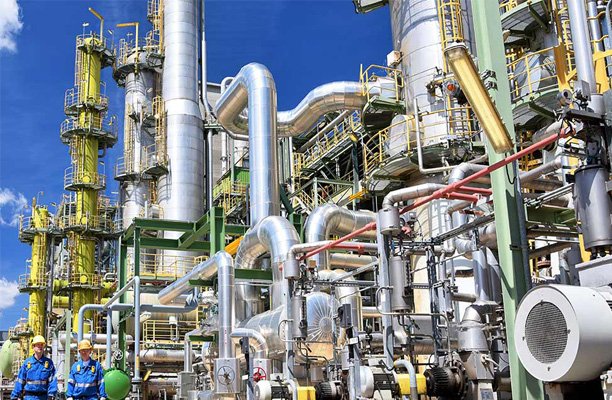
Control valve positioners are used in a wide range of industries, including:
- Oil and Gas:
Ensuring precise flow control in pipelines, refineries, and offshore platforms. - Pharmaceuticals:
Regulating critical process parameters for medicine production. - Power Generation:
Managing steam and gas flows in turbines and boilers. - Food and Beverage:
Maintaining the exact flow of liquids and gases during production and packaging. - Chemical Processing:
Controlling reactions and maintaining safety in hazardous environments.
Conclusion
Control valve positioners may not grab headlines, but their impact on industrial automation is huge. They ensure precision, improve efficiency, extend valve life, and even help with predictive maintenance when using smart technology.
Investing in the right positioner can transform your process control, saving you time, money, and headaches. So, whether you’re upgrading an old system or optimizing a new one, don’t overlook the power of these little devices—they’re the key to smoother, more efficient operations.
FAQs
1. Can positioners improve energy efficiency?
Yes! Positioners optimize valve movements, reducing unnecessary adjustments and lowering energy usage.
2. Are smart positioners worth the investment?
For high-precision industries or systems where downtime is costly, smart positioners are worth every penny.
3. How do positioners impact safety?
By maintaining precise control over pressure, flow, and temperature, positioners minimize safety risks like leaks, pressure surges, and equipment failures.
4. Can I retrofit a positioner to an existing valve?
Absolutely! Most positioners are designed to be compatible with a variety of valves, making retrofitting simple and cost-effective.
5. How do I know when my control valve positioner needs maintenance?
Most modern smart positioners come with built-in diagnostics that can alert you to potential issues like calibration errors, valve sticking, or wear and tear. If you’re using a traditional positioner, signs like inconsistent valve performance, slow response times, or unusual noises could indicate the need for maintenance. Regular inspections and preventative maintenance are key to avoiding costly downtime.
6. Can control valve positioners reduce operating costs?
Yes, they can! By improving valve precision, reducing energy consumption, and minimizing wear and tear, positioners help cut down on operational expenses. Additionally, smart positioners’ diagnostic capabilities allow for predictive maintenance, reducing the likelihood of costly unplanned shutdowns or repairs. Over time, the efficiency and cost savings often outweigh the initial investment in a positioner.

